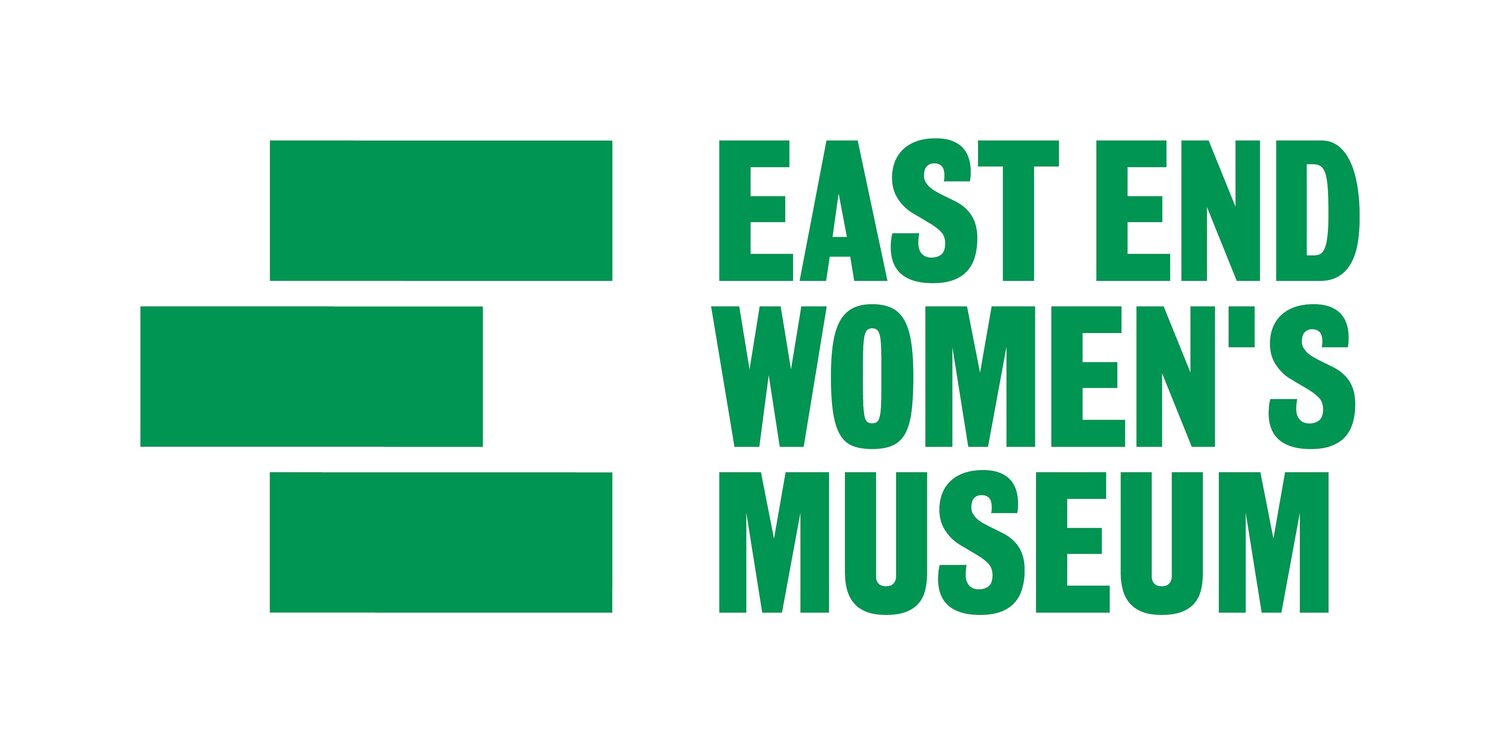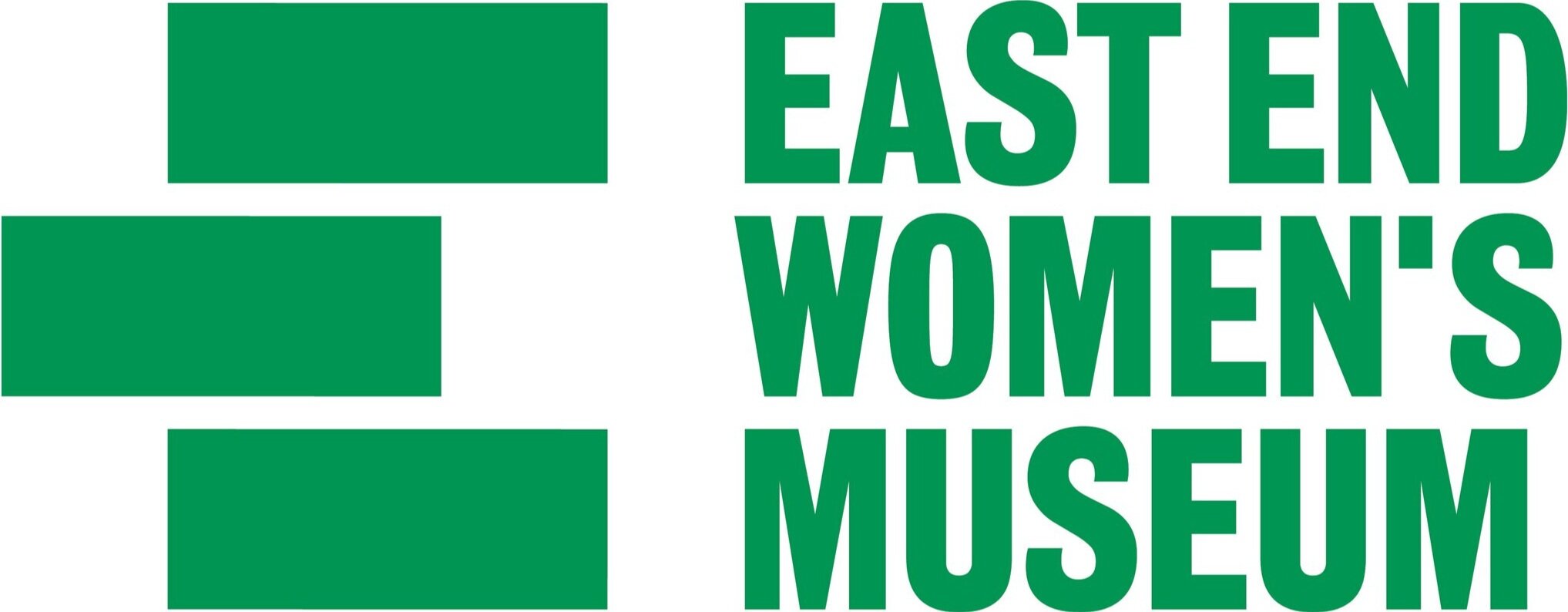On the 75th anniversary of Victory in Europe (VE) Day, we take a journey back to 1945 via the Mass Observation diary of Mary E. Lelean, who was a clerk in the Auxiliary Territorial Service (A.T.S). Mary resided in Grays, Essex, at the time, but returned to her home town within the East End, to celebrate that momentous day.
For many, Tuesday 8th May 1945 was a day of intense celebration which marked the Allied victory in Europe. After years of hardship, sadness and rationing, VE Day offered a brief period for the nation to rejoice and celebrate Victory in Europe and the defeat of Nazi Germany. The previous day Germany had surrendered and the military agreement was signed. Meanwhile the nation waited for the official announcement of peace by Prime Minister, Winston Churchill. The celebrations were not short-lived, many lasted up to a week. Yet, the ongoing war in the Far East, coupled with those in private mourning of loved ones lost, meant the official day of peace was bittersweet.
On the eve of VE Day an atmosphere of jubilation and anticipation was rife across the country. Business remained as usual (as usual as possible!) in the absence of an official announcement from Churchill that Victory in Europe was finally secured. Whilst the nation eagerly waited for the declaration of peace, many revellers took it upon themselves to begin the celebrations early.
Mary E. Lelean, a Mass Observation diarist who worked as a clerk in the Auxiliary Territorial Service (A.T.S.), returned to her home town within the East End of London for VE celebrations. On the evening of 7 May 1945, Mary commented on the elation in the capital:
“London is really getting into the victory mood without waiting for Mr. Churchill. Trafalgar Square is gayer than ever, dancing and singing the Knees up Mother Brown. Most of the men are in uniform all services and nationalities. The Canadians are noisy, the sailors are merry, the airmen are drunk (or pretend to be), the Americans have a girl apiece.”
“Little bonfires on the pavement, fed by newspapers. Piccadilly Circus is one mass of yelling, singing, shrieking people; a small sports car is trying to wiggle through, and its folded roof is in shreds. A man has climbed a lamp standard and is beating his hands against the unlit lamp.”
On 8th May 1945, with the announcement of peace imminent, households purchased yards of red, white and blue ribbon, along with paper Union Jacks. Churchill’s 3pm broadcast to the nation marked the official culmination of the war. In accord with the festivities of the rest of the nation, London’s East End was alive with street parties. Bunting was hung haphazardly from street corners and Union Jacks were draped out of windows. Church bells ringing, beating drums and blowing whistles filled the air.
To mark the occasion, women and girls got dressed up with red, white and blue ribbons in their hair. With rationing still in place (until 1954), housewives made whatever they could with their weekly rations allowance and with what they had at home. For some, this meant wartime carrot cake, the hearty Woolton pie (root vegetable and potato pie) and for others, the celebratory ‘Victory tea’ meant opening the canned pineapple which had been saved throughout the war.
The celebration of bonfires and street parties in the East End coupled against the backdrop of the wreckage from the debris of the bombs, showcased the resilience of the people. On VE Day Mary E. Lelean walked through the streets of the East End and commented how heavily decorated they were:
“All through the East End the battered little streets are gay with bunting - recent V-2 damage, barely tidied up. My home town looks bright in the sunlight, the shabby paintwork masked by flags.”
Many revellers flocked to the capital for a chance to dance in Piccadilly Circus and to witness the Royal Family greet the crowds from the balcony of Buckingham Palace. The following day, on 9th May, the crowds were out again in full force celebrating. Mary commented on her experience outside Buckingham Palace:
“Against the dark sky, the Palace sprung into light, like an immense wedding cake. The crowd burst into life, swaying and roaring, and on the crest of the cheers, the Royal Family came on to the balcony - the King in naval uniform, the Queen in white with a tiara gleaming in her dark hair, Princess Elizabeth in grey, and Princess Margaret in blue - an attractive group. They stayed for a few minutes smiling and waving, with the people happy and noisy below.”
Later that evening after witnessing the Royal Family, Mary E. Lelean headed towards Whitehall to witness Winston Churchill’s address to the people of London:
“Churchill was on the floodlit balcony of the Ministry of Health, puffing at a huge cigar, and saluting the cheers through a cloud of smoke. After a few attempts he made himself heard over a microphone; it was a short, disconnected but impressive speech about London and the Londoners. It was impossible not to be moved.”
As dusk fell upon VE Day, bonfires and rockets illuminated the streets of London, alive with revellers making the most of the public holiday. Mary remarked of this last part of the day:
“Rockets and flares went up and youngsters danced and sang in the roads. Searchlights wagged all over the city, and an exuberant pilot zoomed up and down, throwing out coloured flares with gay abandon. London is having a wonderful time.”
Further reading
The Mass Observation archive
East London Advertiser: How We Reported the East End celebrating VE Day in 1945
Imperial War Museum: What You Need to Know about VE Day
Virginia Nicholson, Millions Like Us. Women’s Lives During the Second World War. London, 2011.
Author
Contributed by EEWM volunteer Emily Griffiths.
Emily Griffiths is a recent Masters in History graduate from SOAS, University of London. Twitter: @EmilyGA_








